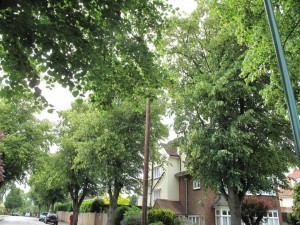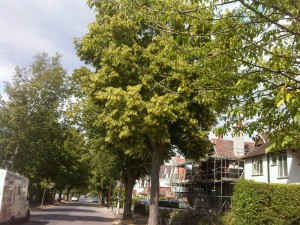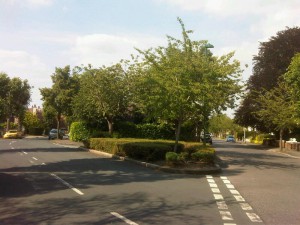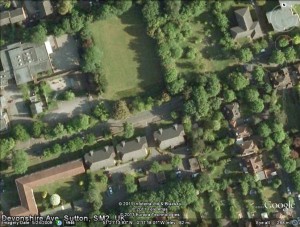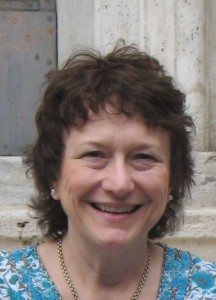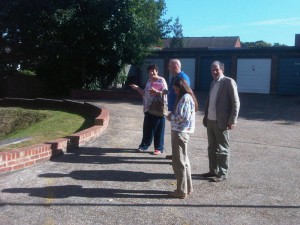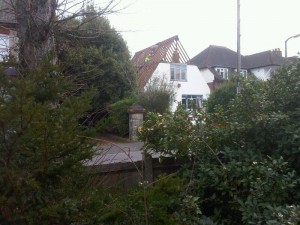As Vice-Chair of the Council’s Housing, Economy and Business Committee, which deals with policy on planning, Richard has joined other Council colleagues in warning that the Government’s proposed planning changes are a recipe for disaster
Sutton Council has joined its south London neighbour Richmond in slamming proposals to relax planning laws for a three-year period. The Borough dubbed the plans a ‘recipe for disaster’ which will split communities, hit house prices and do nothing to encourage economic growth.
It is understood that next week’s Lib Dem Conference in Brighton will call on the Coalition to reject the proposal, arguing that current planning laws do not block development. It will also argue that the proposal goes against the spirit of localism and it will encourage more neighbourhood disputes.
Richard says “The motion we adopted at our Council meeting last October, on which I spoke, went in a different direction. I believe current planning law is quite reasoanable in requiring that a proposed extension is examined to see if it will harm neighbours or the envirnoment. I would like to see plannng law strengthened not weakened.”
Councillor Ruth Dombey, Leader of Sutton Council, said: “These proposals are a recipe for disaster. They have not been properly thought through.”
The proposal came from Secretary of State for Communities and Local Government, Eric Pickles, earlier this month. He issued a nine-point plan entitled ‘Housing and Growth’ in which he announced a relaxation of planning rules for the construction industry and owners of homes and businesses in England. So far the proposals are not law and there is no White Paper. In the absence of such laws Sutton Council is warning businesses and homeowners to think twice before building an extension without checking if planning permission is required.
If the proposals did become law, owners of mid-terrace homes could find their rear windows flanked by six metre extensions on both sides, plunging them into darkness for most of the day – and they would have no opportunity to object. Developers could be allowed to bypass council planning controls to “fast-track” commercial and housing applications. Offices would be permitted to convert to residential use all without planning permission, irrespective of this impact they will have on a neighbourhood.
Cllr Dombey added: “If this is allowed to happen it will set neighbour against neighbour and split communities for years to come. On top of the resentment and loss of quality of life, some people’s houses will also plummet in value if they’ve got no light or a noisy factory is within a few metres of their front door.”
The Chair of the Housing, Economy and Business Committee, Councillor Jayne McCoy, said “There is no evidence that this will do anything to promote economic growth and I strongly advise that anyone considering a project seeks advice, otherwise it could prove very costly.”

